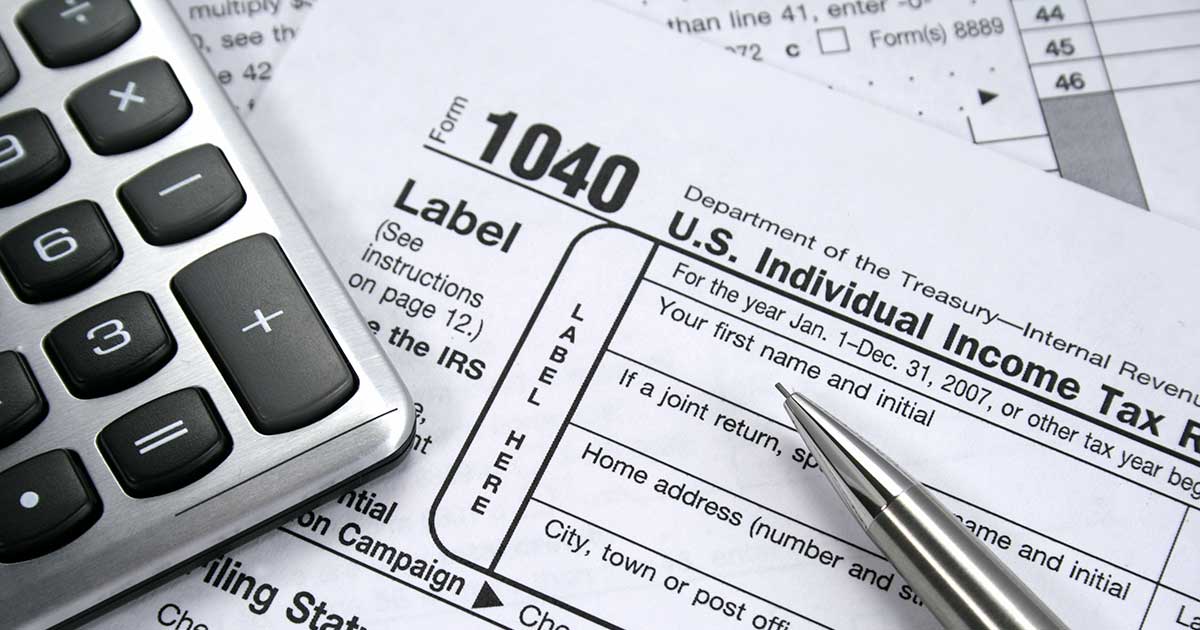5 Biggest Changes You Need to Know About Before Preparing Your 2018 Tax Returns

For many people, tax time is either something you look forward to all year or you put off for as long as possible. And we understand why. Tax season can be stressful and sometimes a bit complicated. No matter which camp you fall into, it’s important to know and understand the changes made to the 2018 tax returns.
In late 2017, new tax reform laws were put into place with the goal to make tax returns a lot simpler to complete. Many people are hoping these changes will mean they owe less money this year compared to last.
To better understand how these changes will impact you, we asked accounting subject matter expert and New England College of Business (NECB) Professor of Undergraduate Studies in Accounting, Donna Viens, PhD, CPA, CMA, CGMA, to explain the biggest changes you can expect to see on your tax returns and how it can impact you.
-
The standard deduction has increased to $12,000 if single (S), $18,000 for heads of household (HOH), and $24,000 for married filing jointly (MFJ). This is a significant increase from 2017 ($6,350 S and $12,700 MFJ).
What does this mean for you?
The increase in the standard deduction means less record keeping for those who would have itemized in the prior years. Take a few minutes to do the math before you bring that box of receipts to your accountant!
- If you do itemize your deductions be aware of the following items:
- Medical and Dental Expense – You can only deduct expenses which exceed 7.5% of AGI (Adjusted Gross Income).
- State and Local Taxes – The maximum amount you can deduct is $10,000.
- The 2% Miscellaneous deductions have been eliminated. That means you can no longer deduct unreimbursed employee expense (e.g. tools, supplies, uniforms, etc.), dues, subscriptions, and home office deductions. This also includes miles between jobs or during the work day for work related tasks.
-
Personal exemption no longer exists.
What does this mean to you?
In prior years, taxpayers would receive a specific per person exemption from their income $4,050 (in 2007). This no longer exists.
- The child tax credit has been expanded to $2,000 per qualifying child and is refundable up to $1,400. In addition, other dependents (e.g. parents) allows for $500 nonrefundable credit. These credits do phase out for taxpayers with an AGI of $400,000 MFJ or $200,000 Single.
- If you are self-employed (pass-through entity) you may now qualify to deduct 20% of your Qualified Business Income.
Good luck with this year’s taxes and make sure to check with your tax preparer for more details on these changes.